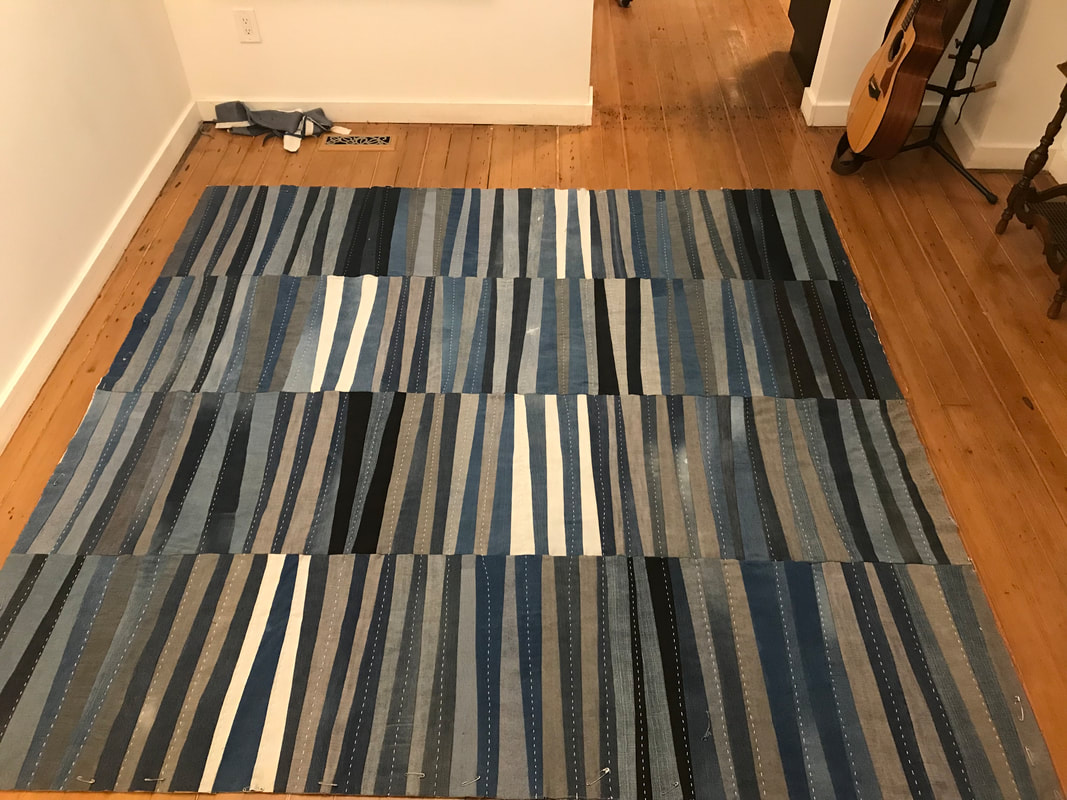But there's not necessarily anything selfish or hoardy or wasteful about feeling deeply connected to materials. If we all started being a little more materialistic we might not be now contending with the Great Pacific Garbage Patch or space junk. I want no part with parting so quickly from one-use-life materials when a meaningful second life is possible.
So when a couple of people dear to my heart were clearly torn about parting with some favourite clothes of their loved ones who recently passed away — one within this year, the other within 18 months — I felt it too.
These bits of cloth are interwoven with the memory of the wearer, his style, the special occasions and the everyday. Just looking at them hanging in the back closet brought the son, the wife, to tears. Some of that emotion is also about feeling at odds with what to do with it all. Yet holding onto useless things, especially in this town where we're so squeezed for space we have to go outside our living spaces just to change our mind, can even bring on some shame or panic that we can't let go, move on.
I felt the potency of the pieces too, and suggested selecting a few items to be repurposed into something that would bring comfort, and in remembrance.
It takes a bit of faith to allow those blazers and sweaters, ties and dress shirts to leave their dark cupboards and be subjected to my fibre-art experiments but I'm grateful they did. It was a little unnerving, plunging wool blazers into a hot-water-wash and tumble-dry, or severing several silk neckties in one swipe of the rotary cutter, but that's the deal with making and innovating: sometimes you have to take a deep breath and boldly go, risking failure.
The other challenge is creating works that resonate with the spirit of the original wearer, so it's not just a matter of chopping up the clothing into tiny unidentifiable pieces to be re-fabricated in a generic quilt. You don't want to be too literal either, appliquéing ties into a Ties Quilt or (creepier) using every last button and pocket or (horrors) just sewing all the clothes together into a blanket or something.
Binding the one blanket with necktie fabric and appliquéing the suit labels in one corner of an army blanket backing (for the man who served in the US Army) felt like the right balance.
I post each Remembrance Pieces project on Facebook to inspire other material girls and guys, and to pay my respects to the stuff of life and to those of this life no longer.
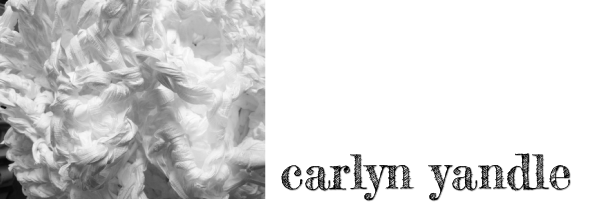
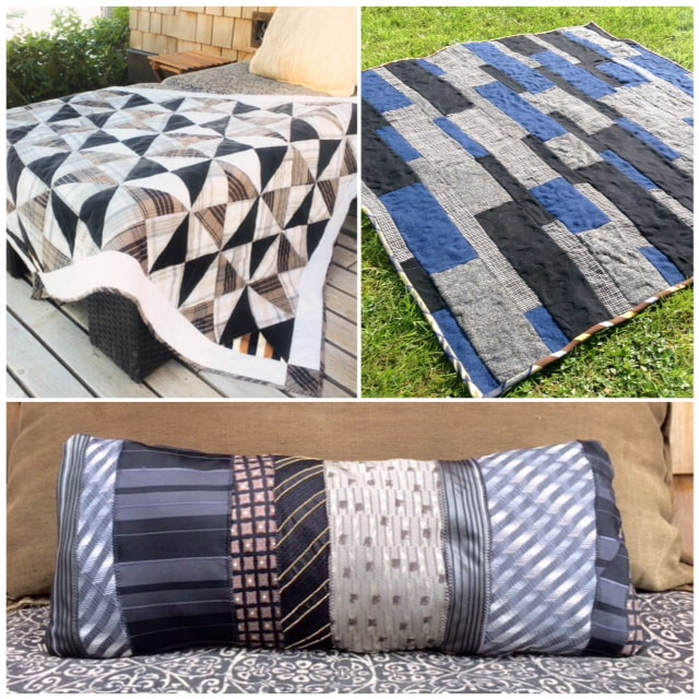
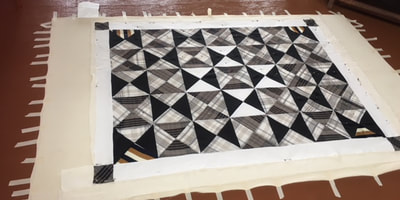

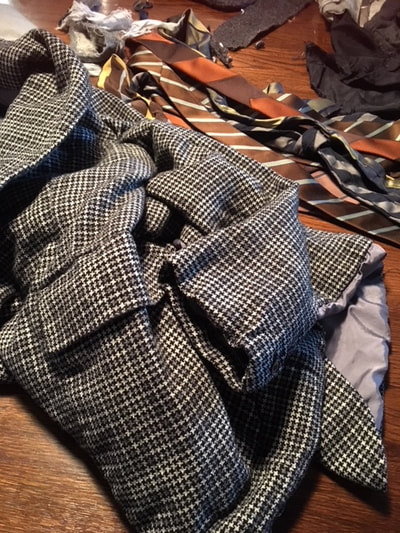
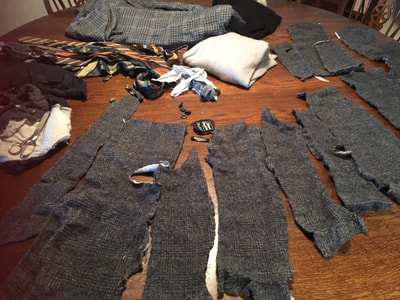
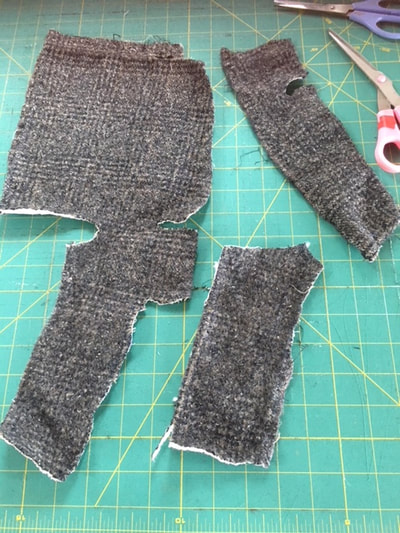
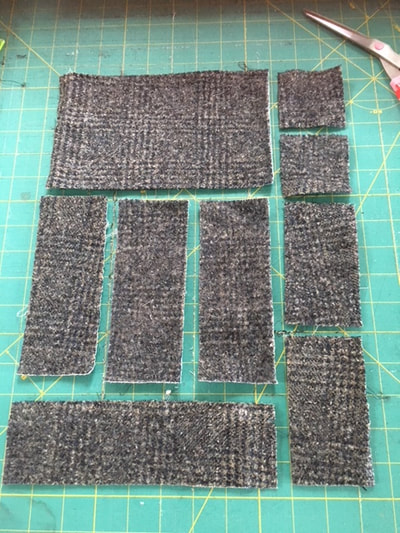
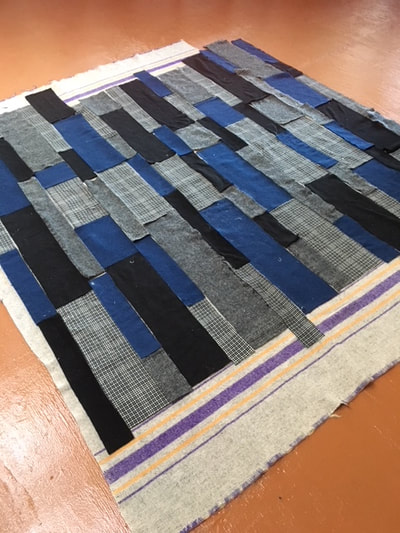
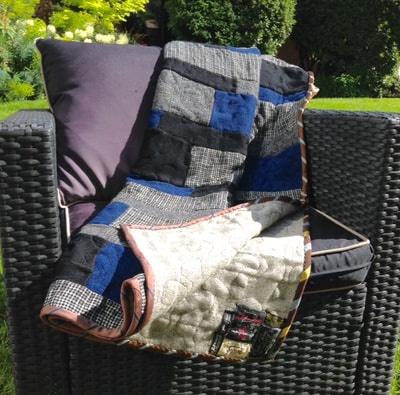
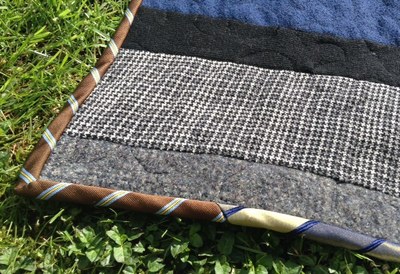
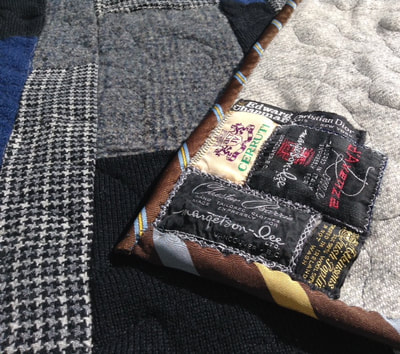
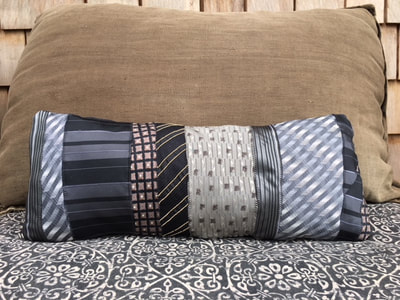
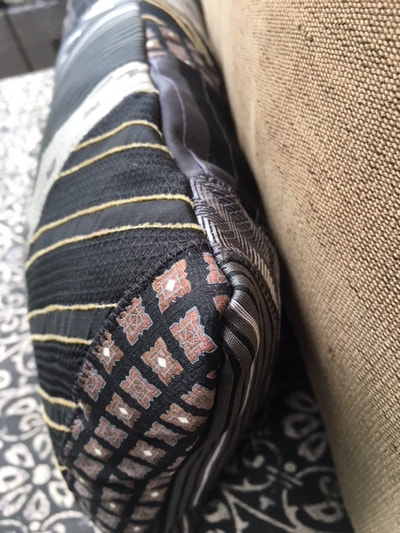
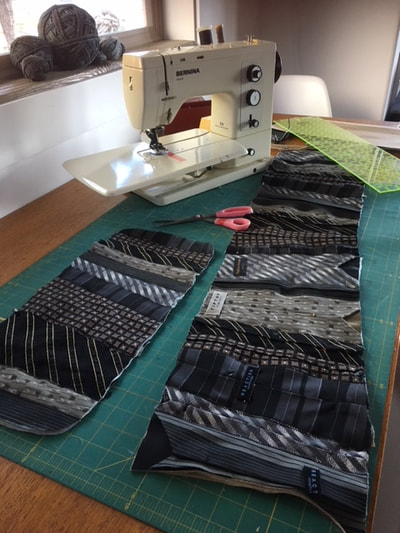
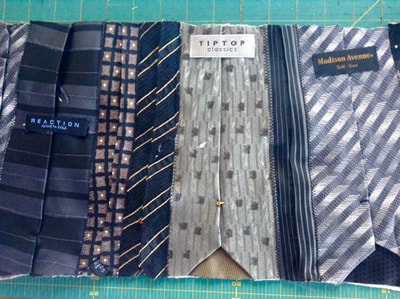
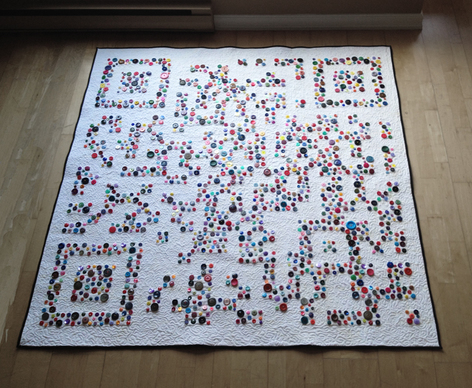
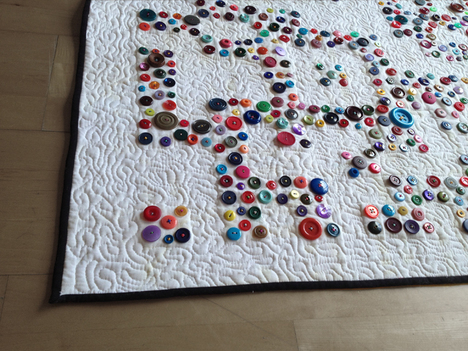
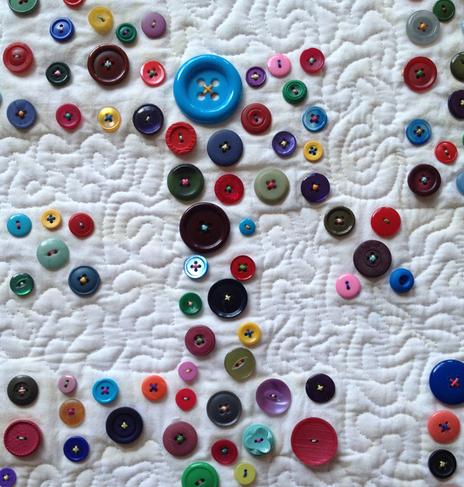
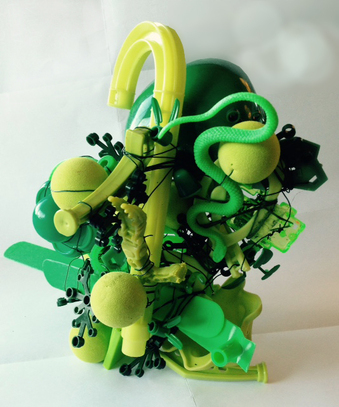
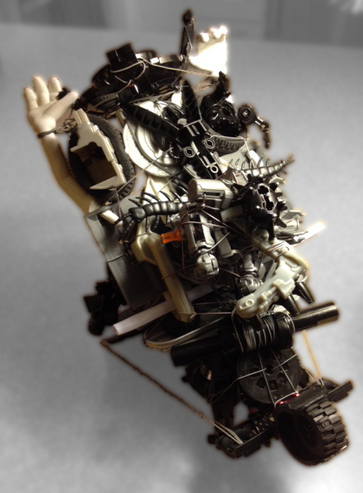
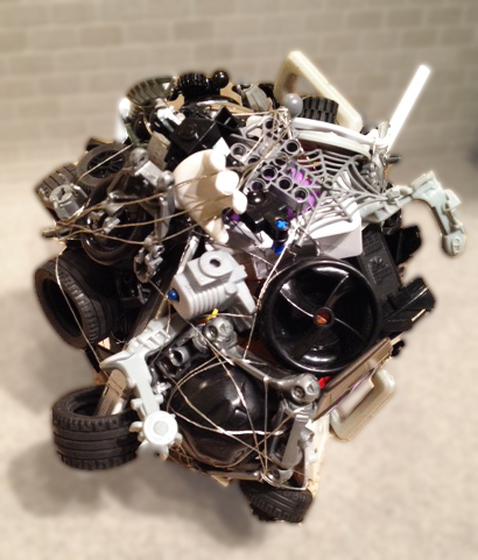
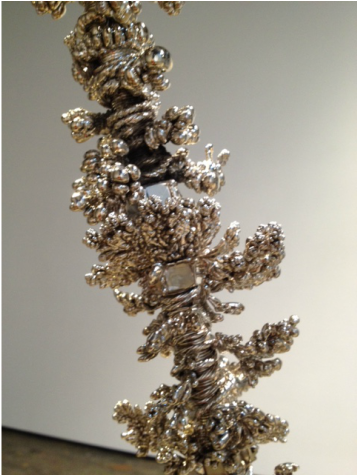
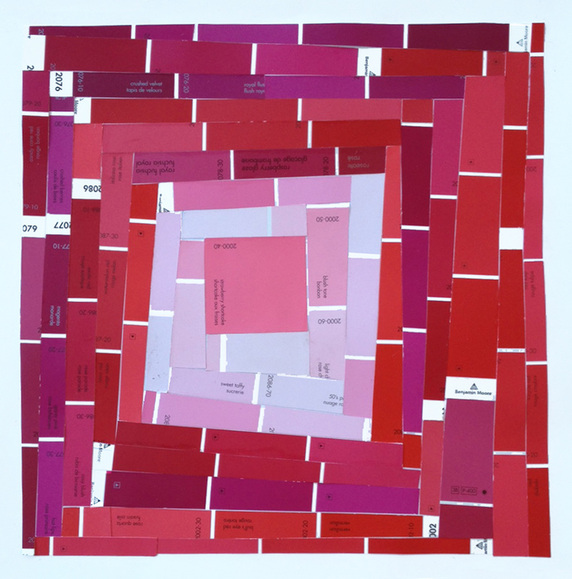
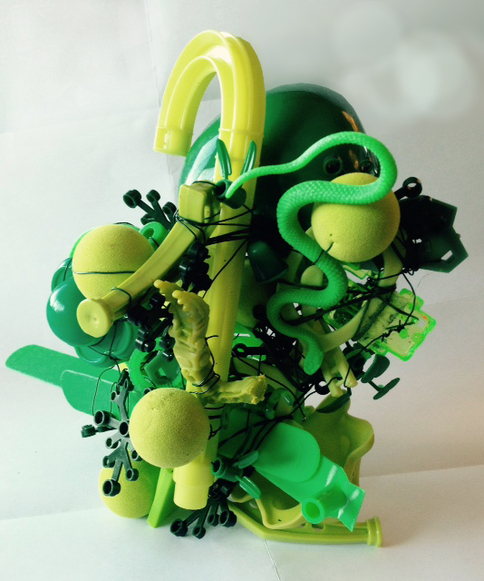
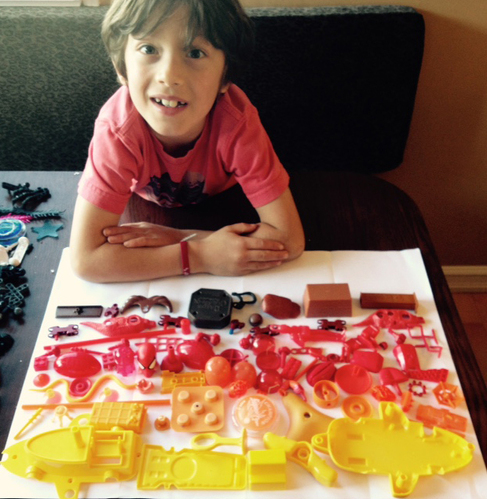
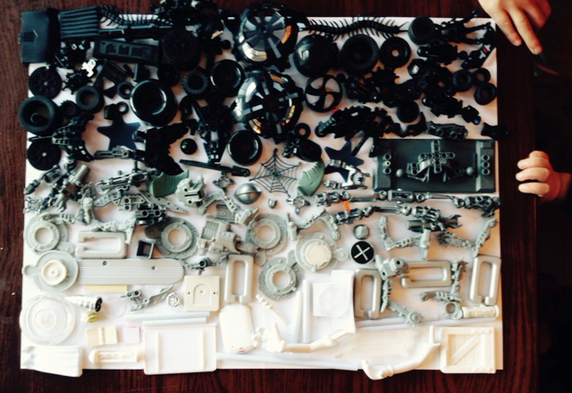
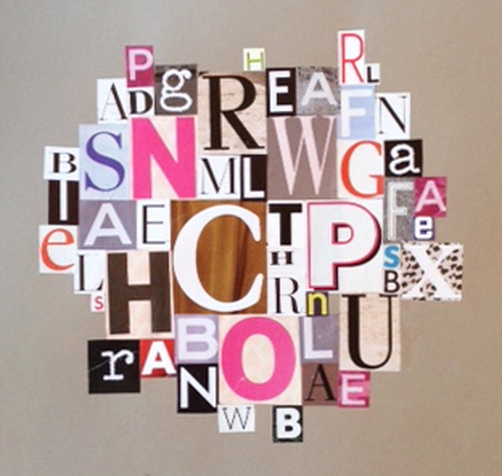
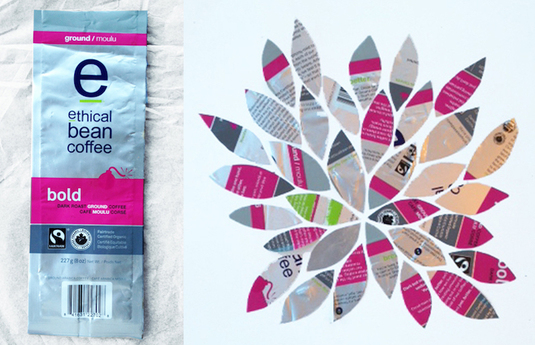
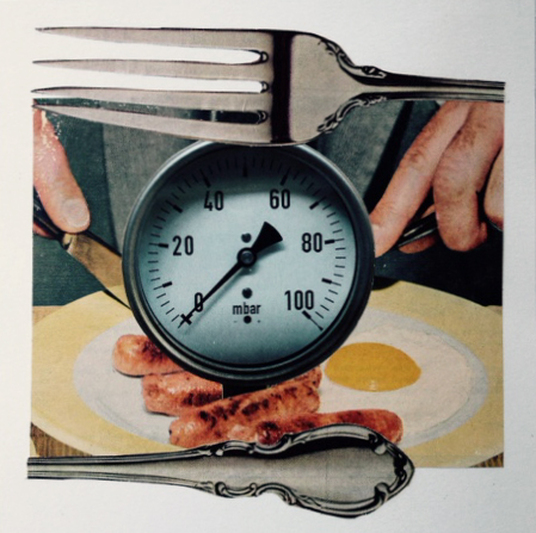
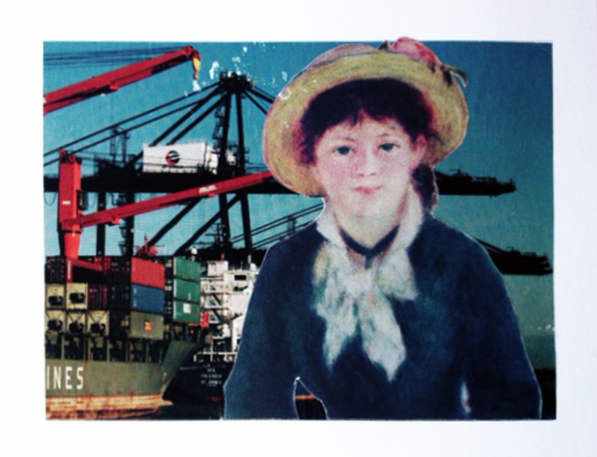
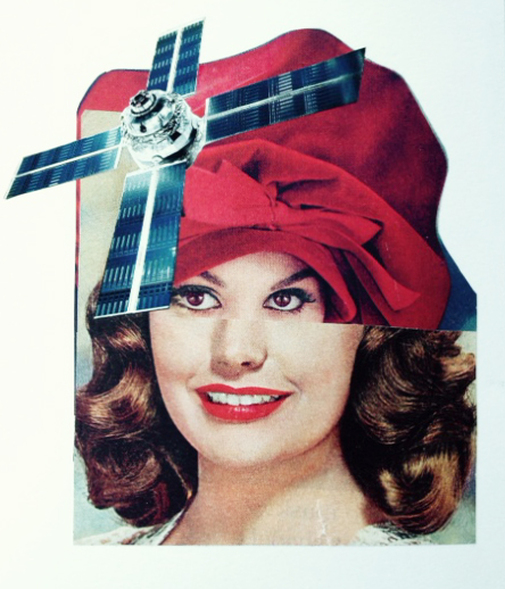
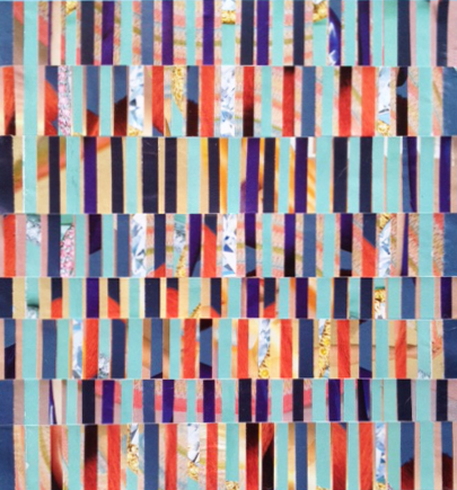
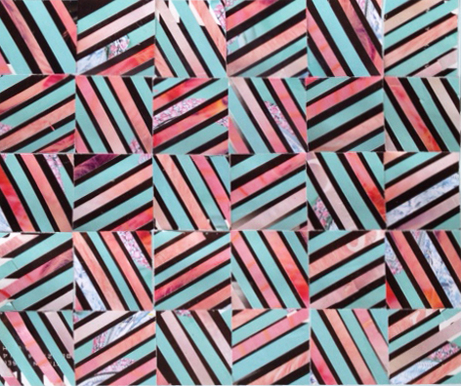
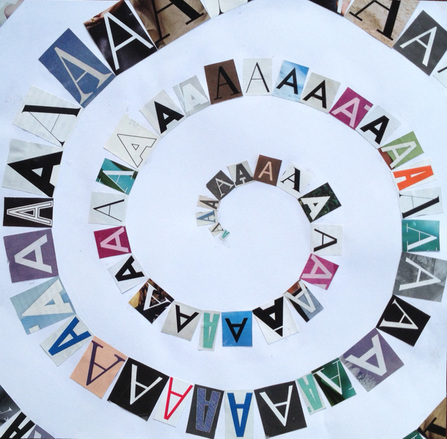
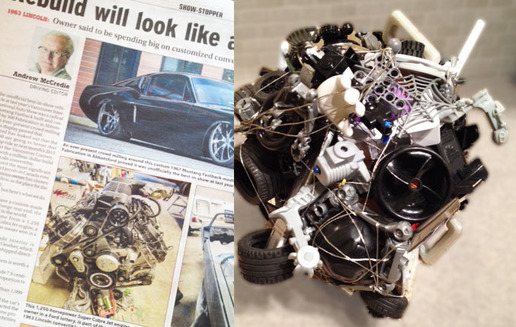
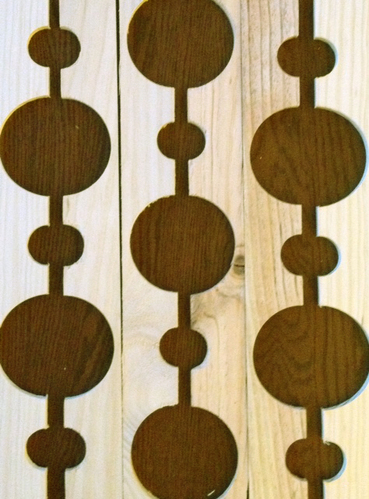
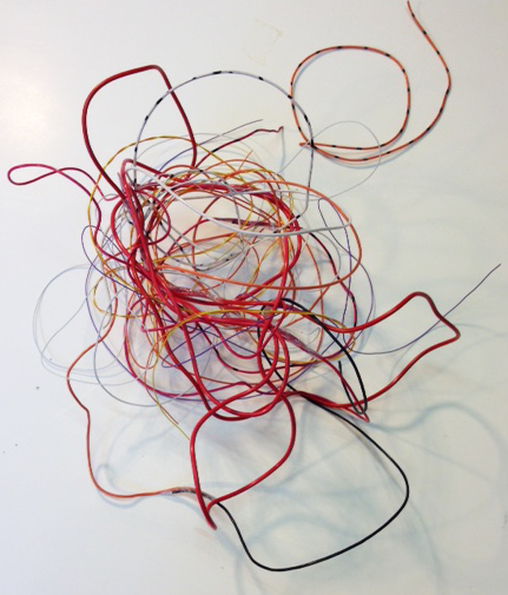
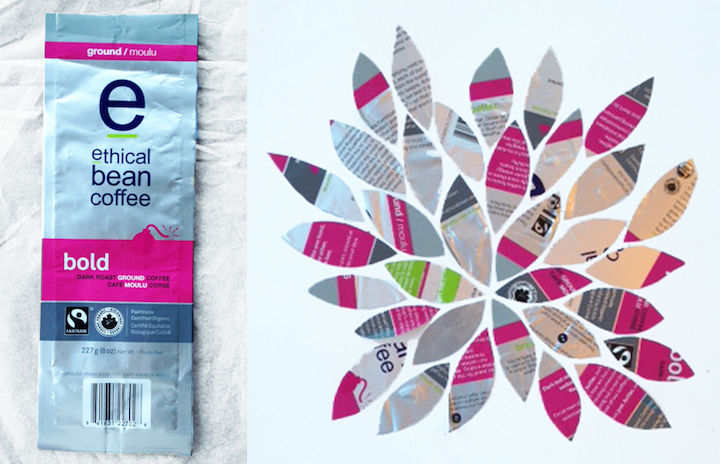
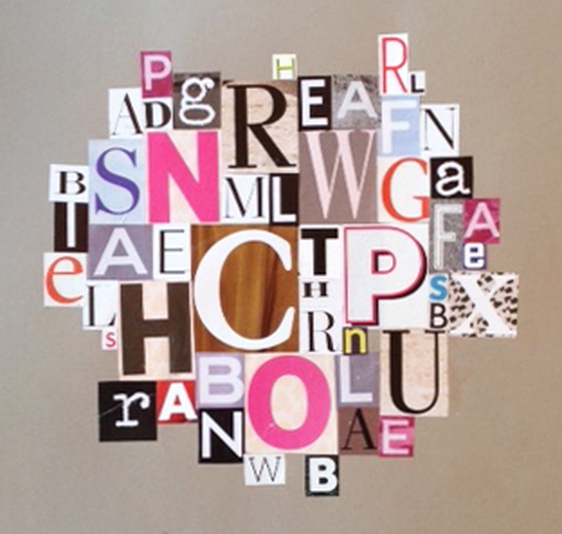
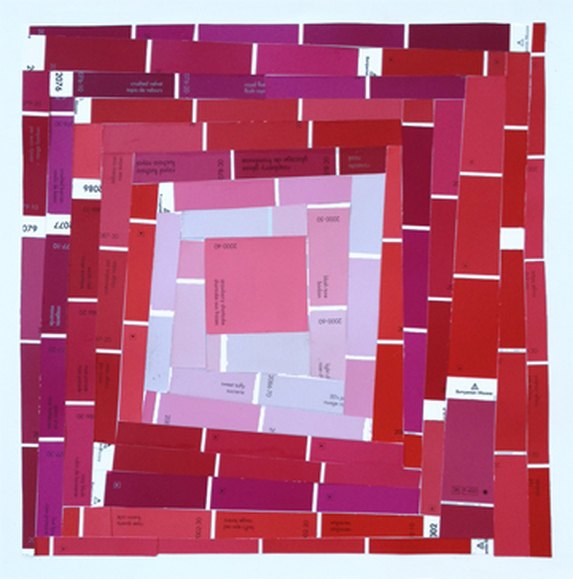
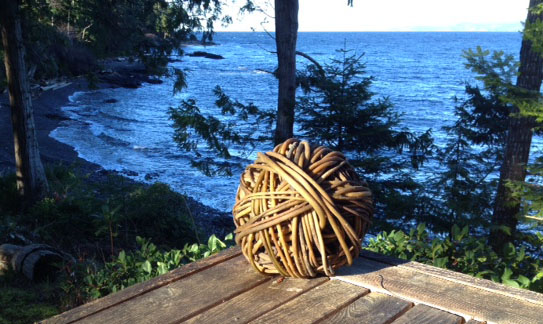

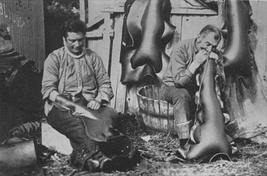
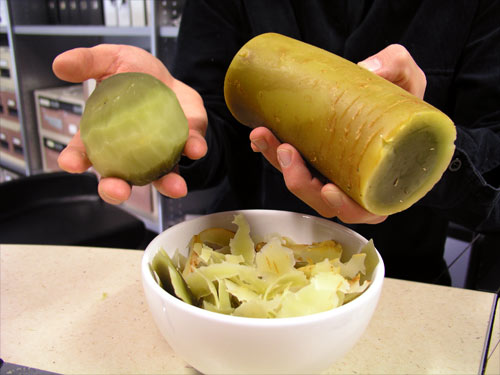
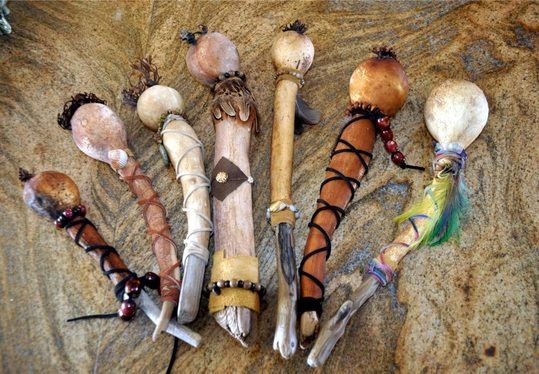
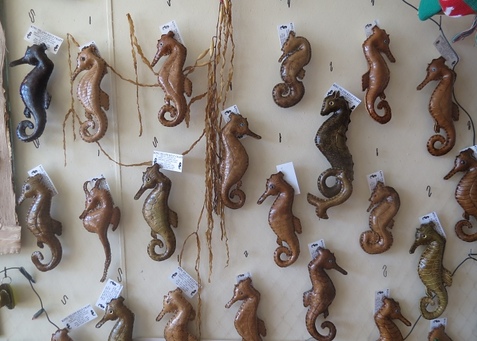
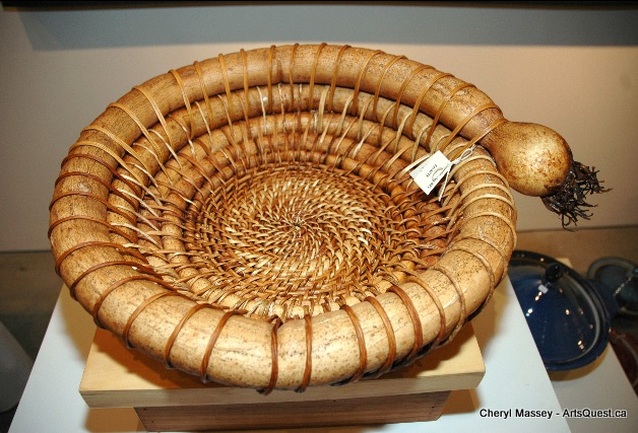
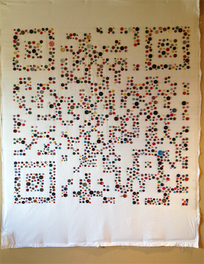
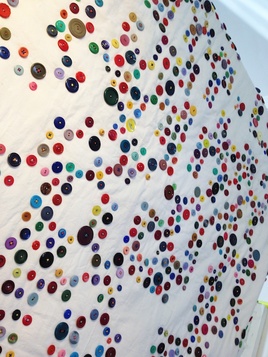
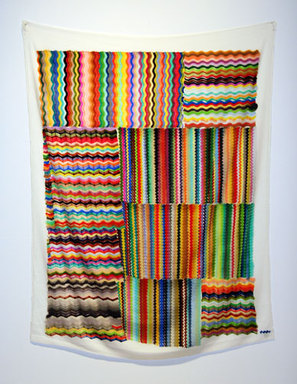
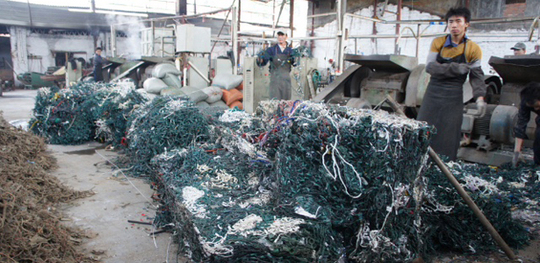
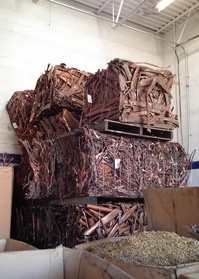
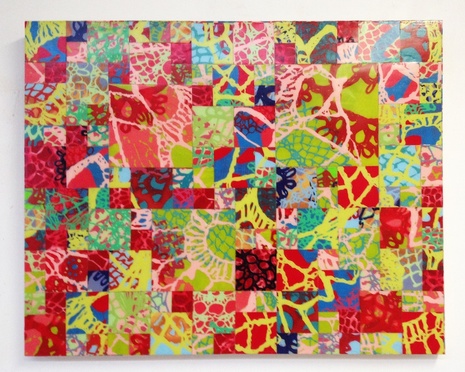
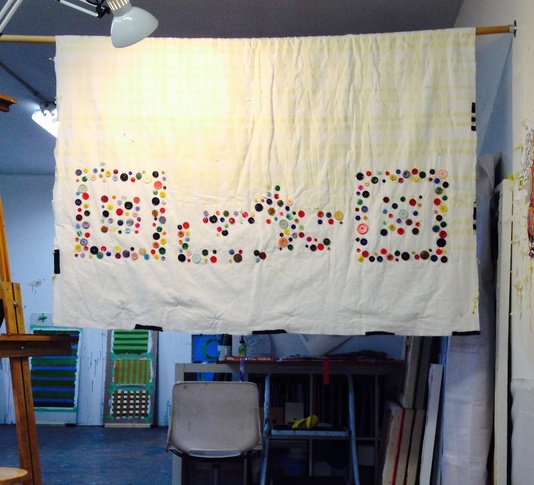
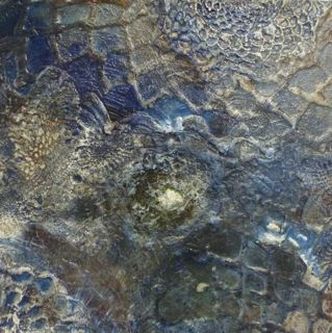
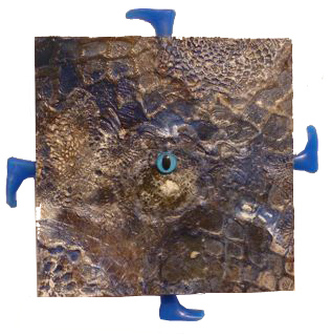
 RSS Feed
RSS Feed

